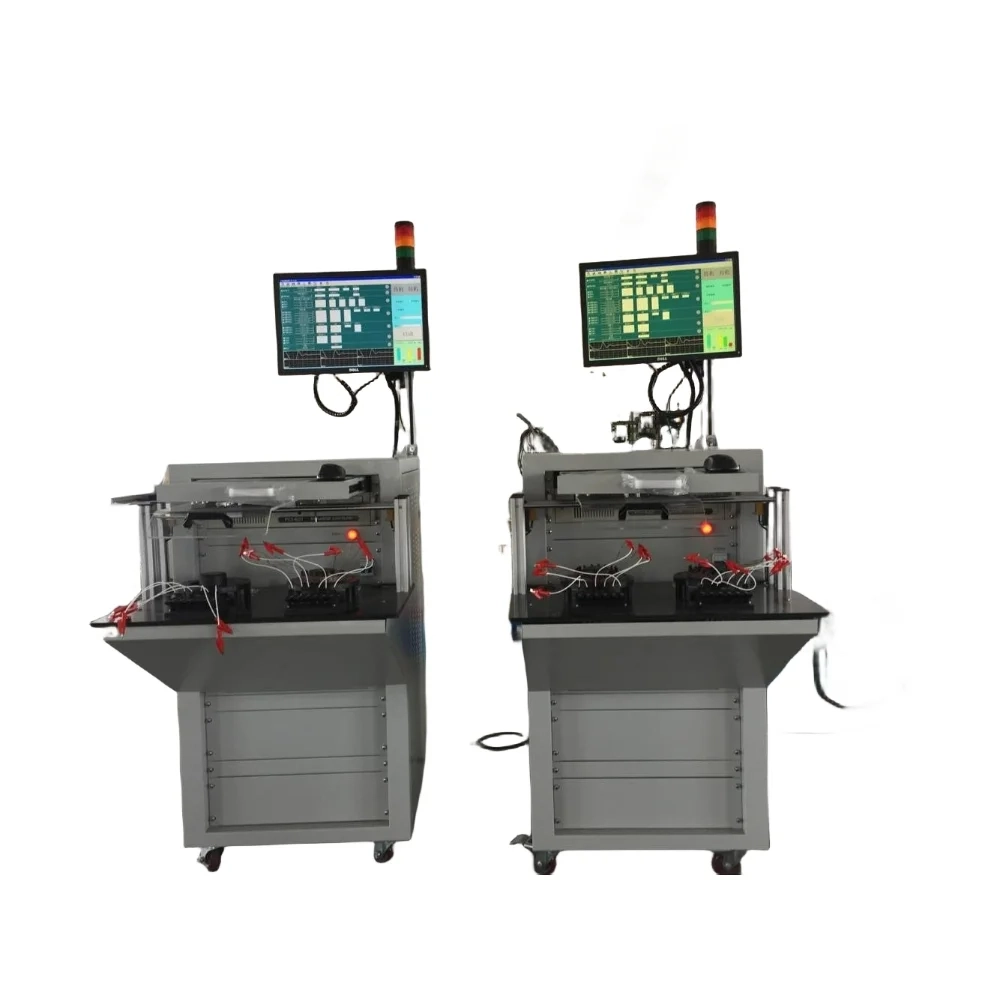- This topic is empty.
-
AuthorPosts
-
26/02/2024 at 14:46 #2671
In the fields of modern industry and scientific research, motors play a vital role as power sources. In order to ensure the performance and reliability of the motor, regular inspection and maintenance using a motor tester is indispensable. However, safety is always the primary concern when conducting testing. This article aims to provide a detailed safety operation guide for motor testers to help technicians avoid potential risks and ensure the safety of personnel and equipment.

1. Understand the motor tester and its functions
When operating motor testers, the user must be familiar with the functions and limitations of the motor tester being used. It is the obligation of every operator to read and understand the product manual, which will help to understand the correct operation method and maintenance requirements of the instrument.
2. Personal protective equipment
In all cases, operators should wear appropriate personal protective equipment (PPE), including but not limited to protective glasses, insulating gloves and protective footwear. These basic equipment can effectively reduce personal injuries caused by accidents.
3. Check the power supply and wiring
Before connecting the motor tester, be sure to check that the power supply meets the voltage and current requirements of the device. Confirm that all wiring is correct and not loose or damaged. Improperly used or damaged cables and connectors can cause short circuits or even fires.
4. Comply with operating procedures
Work strictly in accordance with the motor tester's operating procedures. Before starting the machine, check whether the emergency stop switch is available and ensure that no tools or other items are left on or near the equipment that may cause danger.
5. Environmental safety
Make sure the test area is well ventilated and dry, and avoid using motor testers in humid or flammable environments. Also, keep your work area clean and organized to prevent trips and other workplace accidents.
6. Monitor the operating status of equipment
During the motor test, the operating status of the equipment is continuously monitored. Be aware of any unusual sounds, smells, or smoke, which may be signs of equipment malfunction or overheating. Once an abnormality is discovered, stop the machine immediately for inspection.
7. Data recording and analysis
After the test is completed, securely record the data and perform necessary analysis. Before removing any cables or devices, make sure the motor tester is turned off and in a safe condition.
8. Regular maintenance and inspection
Perform preventive maintenance and inspections on your motor tester regularly to ensure it is always in top working order. Follow the manufacturer's recommended maintenance schedule and replace any worn or damaged parts promptly.
9. Handling accidents and emergencies
Develop and become familiar with an incident response plan so you can act quickly and effectively in an emergency. Learn how to use fire equipment, first aid equipment and how to report an incident.
10. Training and Education
Ensure that all employees operating motor testers are fully trained and understand relevant safety procedures and operating instructions. Conduct regular safety education and skills update training to keep employees' knowledge and skills current.
In summary, the safe operation of the motor tester is not only related to the operator's personal safety, but also directly affects the safe operation of the entire work team and enterprise. By following the above safe operating guidelines, we can minimize potential risks and ensure smooth motor testing. Remember, safety is always the top priority at work and cannot be ignored.
Motor tester: Optimize motor operation and increase efficiency
Motor tester: a powerful tool for evaluating motor performance
Learn more about the classifications of motor testers?
Analysis of precautions for using motor tester
Motor Tester Maintenance Guide: Ensuring Accuracy and Reliability
Energy consumption and energy-saving tips for motor testers
Analysis of factors affecting the price of motor tester
The importance and methods of improving motor tester efficiency
How to extend the service life of a motor tester?
The working environment of motor testers and their importance
The history and future development trends of motor testers
mia
c.yd@kme-cn.com -
AuthorPosts
- You must be logged in to reply to this topic.



